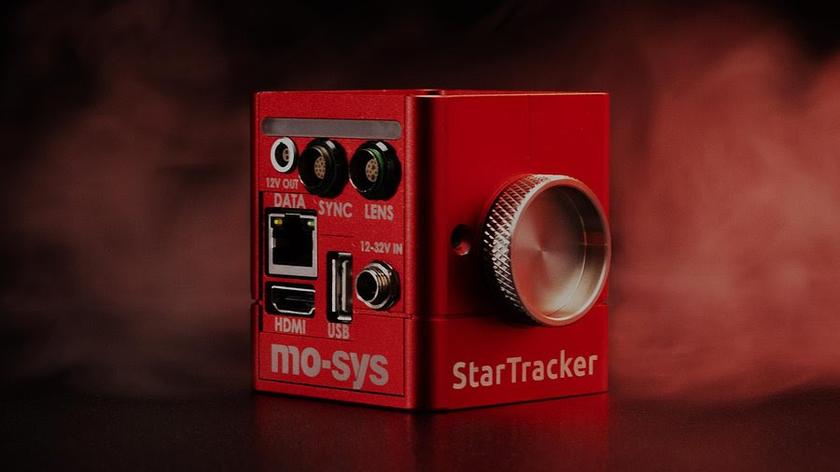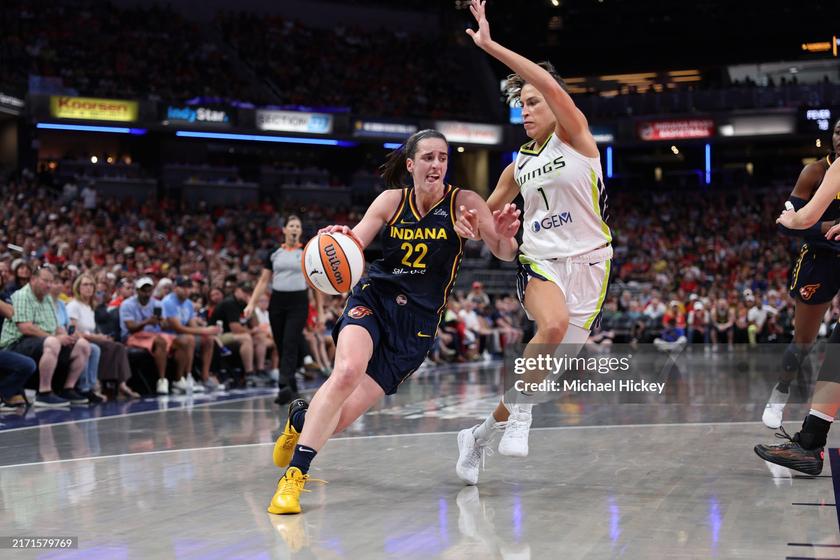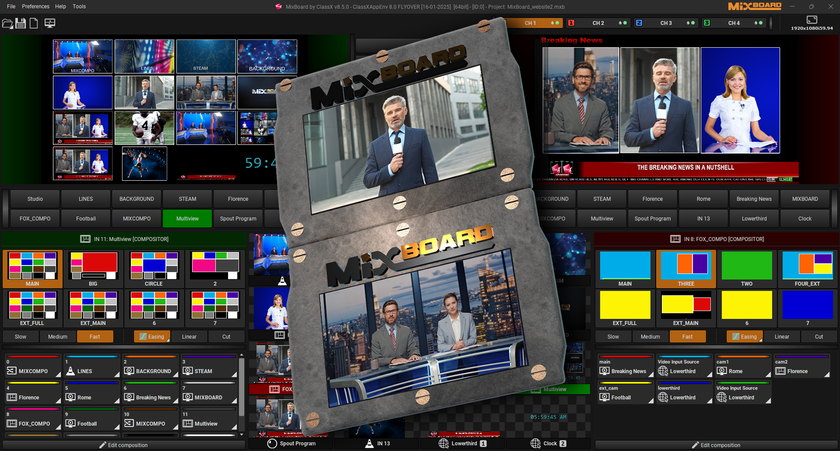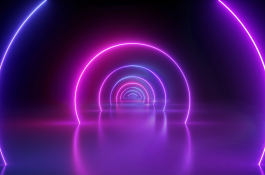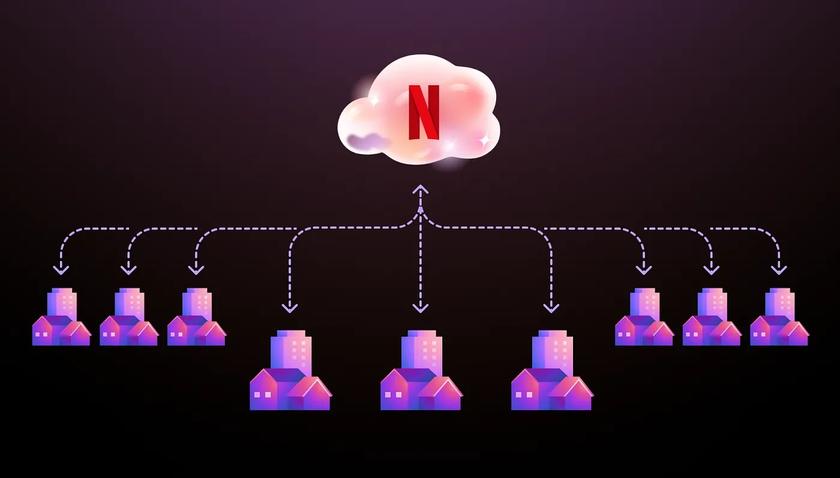Behind the Scenes at ‘Game of Thrones’
HOLLYWOOD—A panel of “Game of Thrones” creators drew avid fans and SMPTE members alike to the Linwood Dunn Theater at the Academy’s Pickford Center in March. Organized by SMPTE’s Hollywood chapter, and moderated by Steve Beres, HBO vice president, West Coast media and production operations, the panel included Executive Producer Bernadette “Bernie” Caulfield, Producer Greg Spence, VFX Producer Steve Kullback and Sound Supervisor Tim Kimmel. The panel focused on the “art and technology” of the popular HBO series’ season five, which debuted April 12.
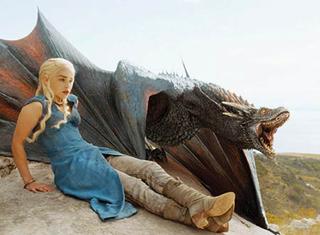
Season five of HBO’s “Game of Thrones” debuted April 12. “Game of Thrones”—which recently showed two episodes from season four in IMAX—is a production of epic proportions: 166 cast members, more than 1,000 crew members, shot in five countries and now viewed in 193 countries worldwide. Beres revealed that for the new season, the crew constructed 151 sets, shot 240 days (often with two crews working in different places), and utilized 5,000 extras. He noted that over 86,000 people around the world applied to be extras in the series. He also mentioned that season five, for the first time, debuts day-and-date worldwide.
BREAKING IT DOWN
The evening opened with a behind-the-scenes documentary showing the work that went into prepping sites in a Spanish palace in Seville, a quarry in a small village outside of Belfast, old sites in Croatia, and an ancient bullring in Spain. The trick to coordinating such a huge production, with so many players, boils down to communication, says Caulfield. “It’s a major collaboration with department heads,” she says. “We start dissecting it and breaking it down, breaking it down, as much as we can.”
“Game of Thrones” is shot primarily on the ARRI Alexa, according to producer Spence, who notes that they’ve used RED Dragon on some handheld rigs. But that’s about to change.
“The Alexa Mini will be available for us to use next summer,” he said. “We’ll be able to use that with some of the handheld rigs where we’ve used a RED. The Alexa works better for our look and our cinematographers.”
The show does not do on-set dailies. “We do very little color on-set,” said Spence. “It’s so complex that I don’t feel that onset is the place to do color. We also shoot too quickly—five pages a day—to do much viewing or certainly color correction on-set.” Dailies go through a Belfast-based colorist, who also works with cinematographers to set LUTS.
New digital technology is a double-edged sword, according to Spence. “We couldn’t have produced this show 10 years ago,” he said. “Everything from digital capture and digital dailies and being able to use VFX houses around the world is what makes it possible. The other side of it is the tremendous and ever-growing fear that extras have iPhones, and if an episode slips into the wrong hands, it can create a big financial and legal problem for our studio. That keeps us up at night. It’s a brave new world: empowering and terrifying at the same time.”
Get the TV Tech Newsletter
The professional video industry's #1 source for news, trends and product and tech information. Sign up below.
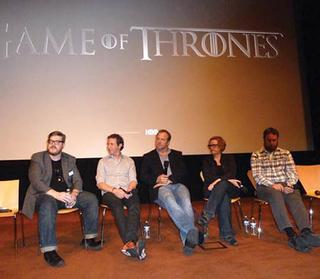
The “Game of Thrones” panel included (L to R): Steve Beres, HBO, Steve Kullback, VFX, Producer Greg Spence, Executive Producer Bernadette Caulfield and Sound Supervisor Tim Kimmel.MORE VFX
Visual effects are a key element in expanding the scope of the show, says Kullback. “Realism is important for me and VFX Supervisor Joe Bauer,” he said. “And we do that by trying to incorporate as many real bits of business as we can. If we create a dragon that dives into the water and comes out with a fish, we can create a CG splash or drop an anvil into a dumpster of water at 2 a.m., which was much more fun. And it looked more authentic.”
Last season, the show comprised 1,700 VFX shots, according to Kullback, the number varying from episode to episode. “The number of visual effects has been increasing each season,” he said. Initially, the visual effects were centered at VFX provider Pixomondo, which has studios in Europe, Asia and North America. “We still work with them, but as well with shops in Germany, France, Montreal, Vancouver, Spain, India and even Los Angeles,” he said. He’ll also turn to a VFX shop with a particular effect in hand. “MPC had a mammoth in their back pocket,” he notes. “So we call on folks who are uniquely talented.”
One upcoming scene features a dragon that “breathes fire in a profound way,” according to Kullback. “Joe said, ‘the CG fire isn’t quite as fabulous as we’d like,’” he recalled. “What if we shoot real fire? It’s got to be moving, because the dragon is moving, and it has to light a few people on fire.” A plan was concocted (and executed) to mount a flamethrower on a Techno-dolly. “There’s no replacement for real elements,” he says.
Sonically, it’s also a unique world, with dragons and other creatures that don’t exist. “We put in a lot of specific details that might not be overly obvious,” said Kimmel. “Some worlds created in season one we keep evolving, especially as winter comes. For new locations, I work closely with Sound Designer Paula Fairfield to come up with the elements that bring these locations to life.”
The sound department has both “dragon” and “wolf” units, and Kimmel says that Fairfield won’t always reveal to him where the sound comes from. “She doesn’t always give me her trade secrets,” he jokes. “But dragons don’t just roar and done. We collaborate on sounds that no one would expect with dragons. There have been some very interesting sounds.” The dragon’s voice is typically between 10 and 15 layers, he says.
Creating the sounds for the white walkers was another challenge. “There was a lot of talk about how they’d sound, both moving around and vocally,” Kimmel said. “Some of them are just bones, and a few different departments went into creating the sounds of bones moving around in the snow. As to the vocals, I have to admit that two of the voices are my son’s and mine.” He declined to go into detail about the other sounds that make up the white walkers.
With regard to tracks, Kimmel notes that the production sometimes goes “old school.” “For episode nine, ‘The Wall,’ last season, we did a full-scale feature editorial with between 400 and 500 tracks,” he said.
Caulfield notes that passion for the show is one element that keeps the big crew united. “The best part of the show is that we all get so enthusiastic,” she said. “We just came back from scouting for the next season, and we can’t wait to show [showrunners] David [Benioff] and Dan [Weiss] what we found. We put our heart and soul into it, and that’s what makes it real.”


